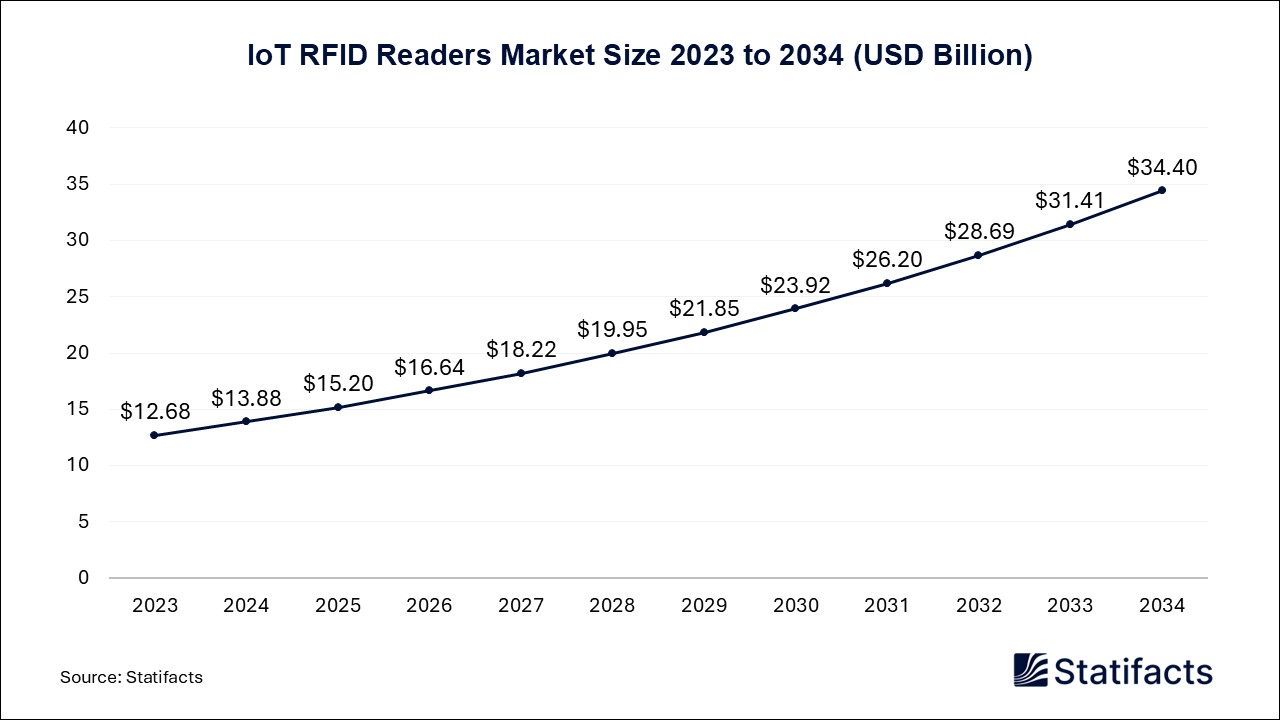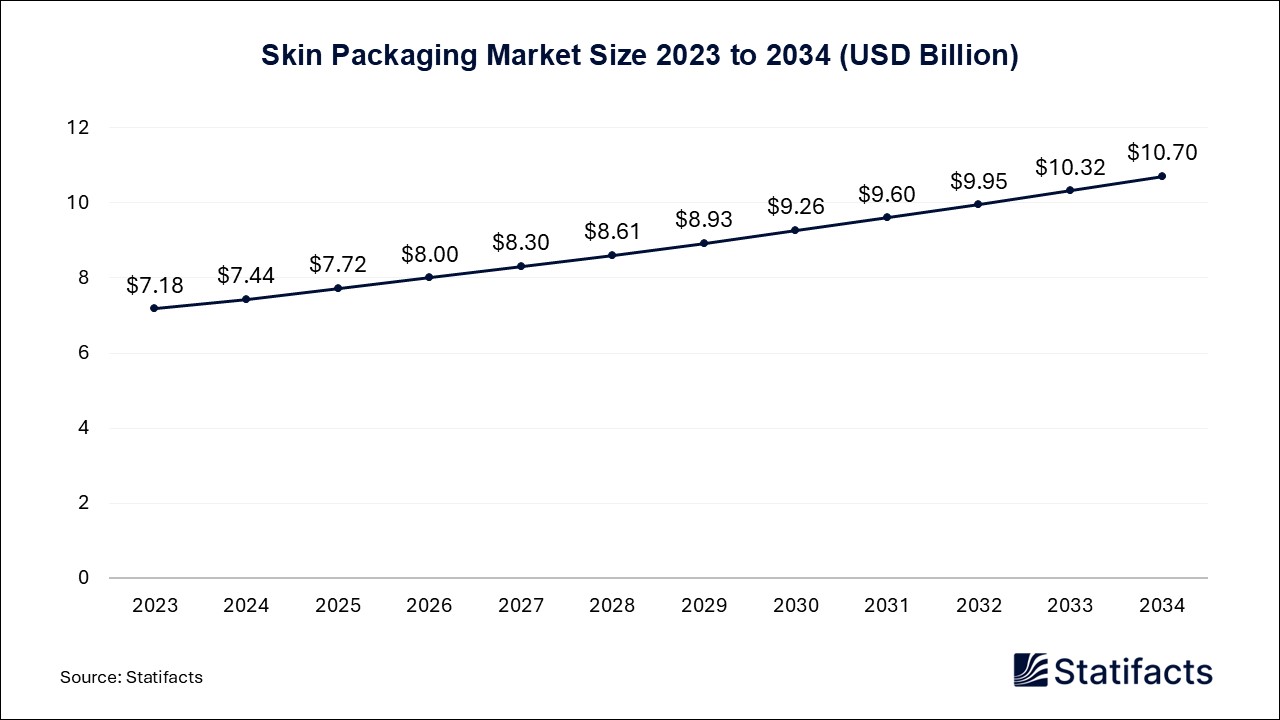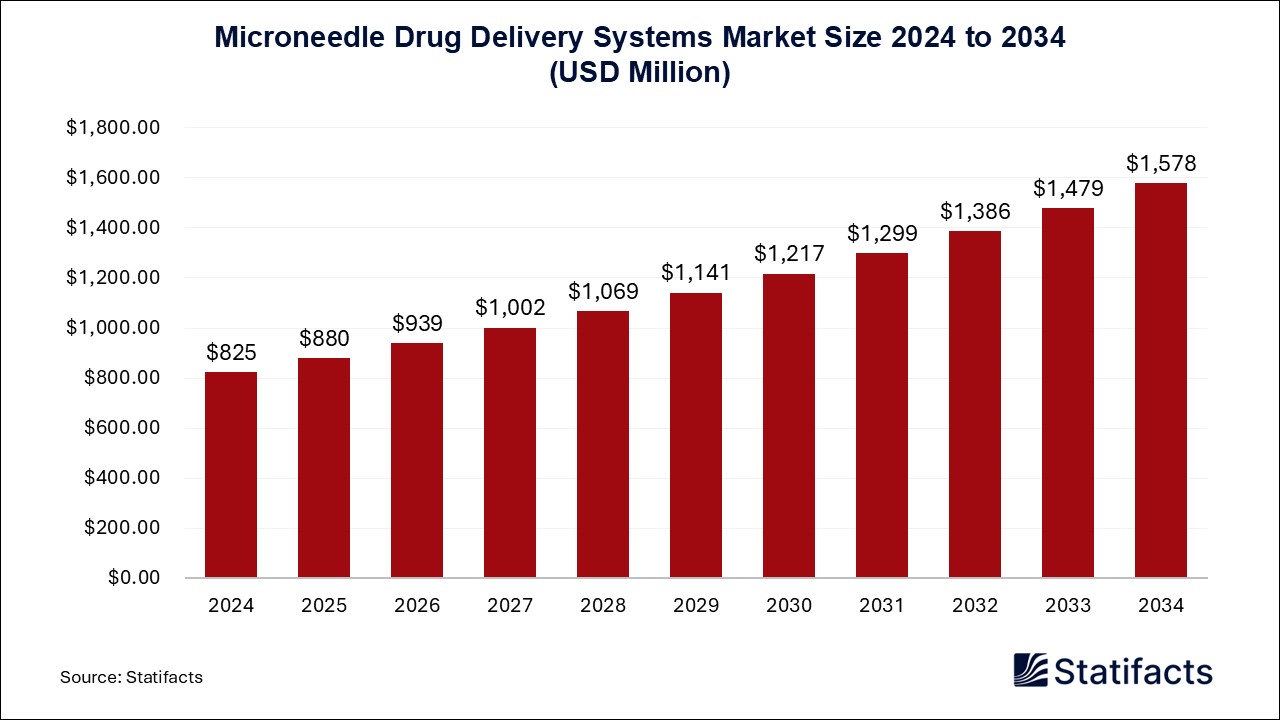

Our customers work more efficiently and benefit from
The global humanoid robot market size surpassed USD 1,570 million in 2024 and is predicted to reach around USD 7,940 million by 2034, registering a CAGR of 17.6% from 2025 to 2034.
| Industry Worth | Details |
| Market Size in 2025 | USD 1,850 Million |
| Market Size by 2034 | USD 7,940 Million |
| Market Growth Rate from 2025 to 2034 | CAGR of 17.6% |
The humanoid robot market deals with manufacturing and distributing robots whose shape resembles a human body. Currently, humanoid robots are in the initial stages of advancement. Furthermore, it is now becoming more extensive in education and public relations, where they work together as interactive agents that can communicate with humans in various contexts. Innovations in such robots' software and hardware elements have permitted them to execute more standard tasks, creating a valuable tool in space, research, and exploration, in addition to search and redeem operations.
North America dominated the humanoid robot market due to the growing need from numerous fields. Humanoid robots are used for eldercare and caregiving, mainly for patients with mobility impairments in healthcare. The entertainment sector is now accepting humanoid robots for the recently developed sensory abilities and AI, improving the digital revolution in media. The robotics sector observes investment from trade entities, including automotive firms, for creating and manufacturing procedures. Research in cognitive sciences and neurosciences is boosting the advancement of humanoid robots with recently developed behavior and functionality.
Asia Pacific is anticipated to be the fastest-growing humanoid robot market due to key players, investments, an aging population, supportive government initiatives, and a solid robotics heritage. Japan, South Korea, and China constitute the key global players humanoid robot market. These humanoid robots are seeing widespread adoption in China, making their way into laboratories, caretaking roles, and even the service industry. The growing interest from investors spotlights the market's identification of the huge potency for the humanoid robot market in China. The incursion of recently developed investments is anticipated to speed up advancement in the industry.
Modern tactile sensors, LiDAR, and state-of-the-art cameras are allowing for the development of more sophisticated humanoid robots to work in a number of environments, handle objects, and navigate complex spaces. These have several applications in hazardous jobs, allowing for better worker safety. Revolutions in robotic joints and actuators have remarkably enhanced the dexterity and mobility of humanoid robots. These developments permit robots to execute precise and delicate tasks, like surgery. The flexibility of humanoid robots permits flexible production procedures, permitting businesses to respond rapidly and expand the humanoid robot market needs and to personalize items efficiently.
The growing incorporation of humanoid robots into various sections of everyday life, healthcare and industry has developed in numerous technological developments. Further, these standard robots increase more networked, cyber threats provide a remarkable concern to the worldwide humanoid robot market. This exposure deals with the dependability and operation of humanoid robots and raises concerns about potency abuse and trade-offs with information. The blend of connection problems, the prospect of malicious function modification, and data security issues enlarges humanoid robots' exposure to cyber threats. This remarkable risk to the unlearned functioning and security is anticipated to offer a serious target to the sector, potency declining its expansion trajectory.
The incorporation of robots with artificial intelligence has the potency to transform numerous zones, from healthcare systems to production. AI boosts the robots’ ability to understand natural language, detect facial expressions, and acquire some knowledge from interactions. In healthcare, such robots can help in robotic surgery, providing specific and decreasing complications in processes such as open-heart surgery. It can even automatize administrative assignments like appointment scheduling and handling individual records, thus enhancing operational efficiency.
AI’s evolution has remarkably improved human- robot conversation, furnishing humanoid robots with the expertise to understand and react to human emotions and language. Natural Language Processing (NLP) is at the center of revolutionizing computational linguistics, statistical modeling, deep learning, and machine learning. NLP permits robots to comprehend natural language instructions, creating more natural and unlined interactions, boosting growth in the humanoid robot market.
The subsequent humanoid robotics is both challenging and exciting, boosted by technological developments that result in more intelligent, seamlessly, and capable incorporated robots in daily life. As artificial intelligence, robotics, and machine learning grow, humanoid robots are anticipated to create a remarkable crash across numerous industries, improving productivity and enhancing the standard of life. Investors, policymakers, and businesses must anticipate these innovations, granting the dispute and the huge chances that humanoid robotics will confer over the upcoming decade.
For any questions about this dataset or to discuss customization options, please write to us at sales@statifacts.com
| Stats ID: | 8148 |
| Format: | Databook |
| Published: | March 2025 |
| Delivery: | Immediate |
| Price | US$ 1550 |

| Stats ID: | 8148 |
| Format: | Databook |
| Published: | March 2025 |
| Delivery: | Immediate |
| Price | US$ 1550 |

You will receive an email from our Business Development Manager. Please be sure to check your SPAM/JUNK folder too.

Unlock unlimited access to all exclusive market research reports, empowering your business.
Get industry insights at the most affordable plan
Stay ahead of the competition with comprehensive, actionable intelligence at your fingertips!
Learn More Download
Download

